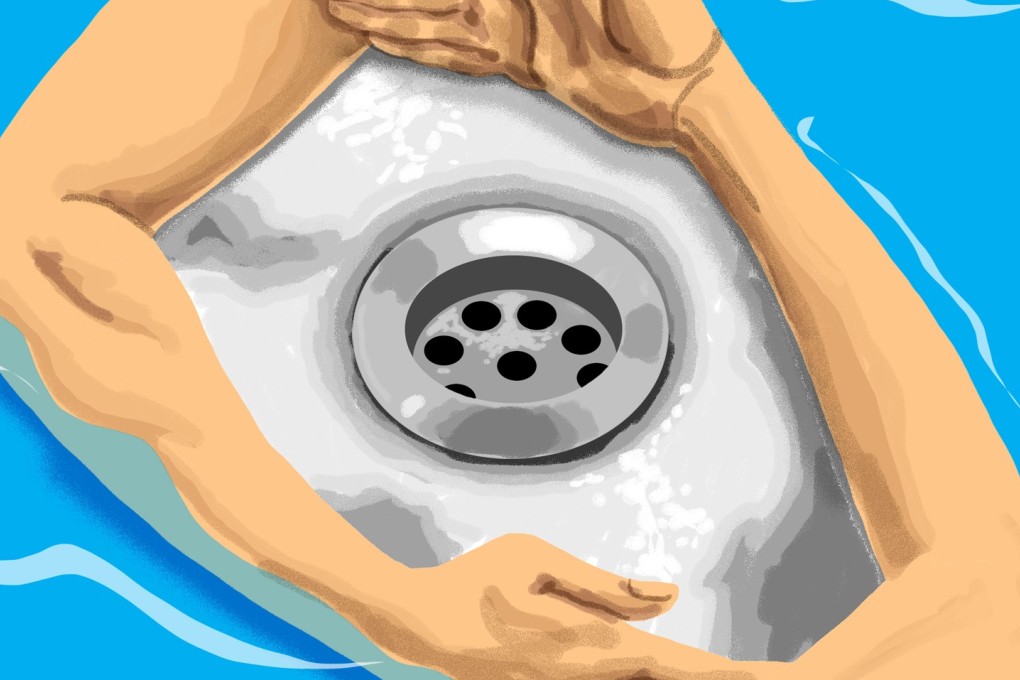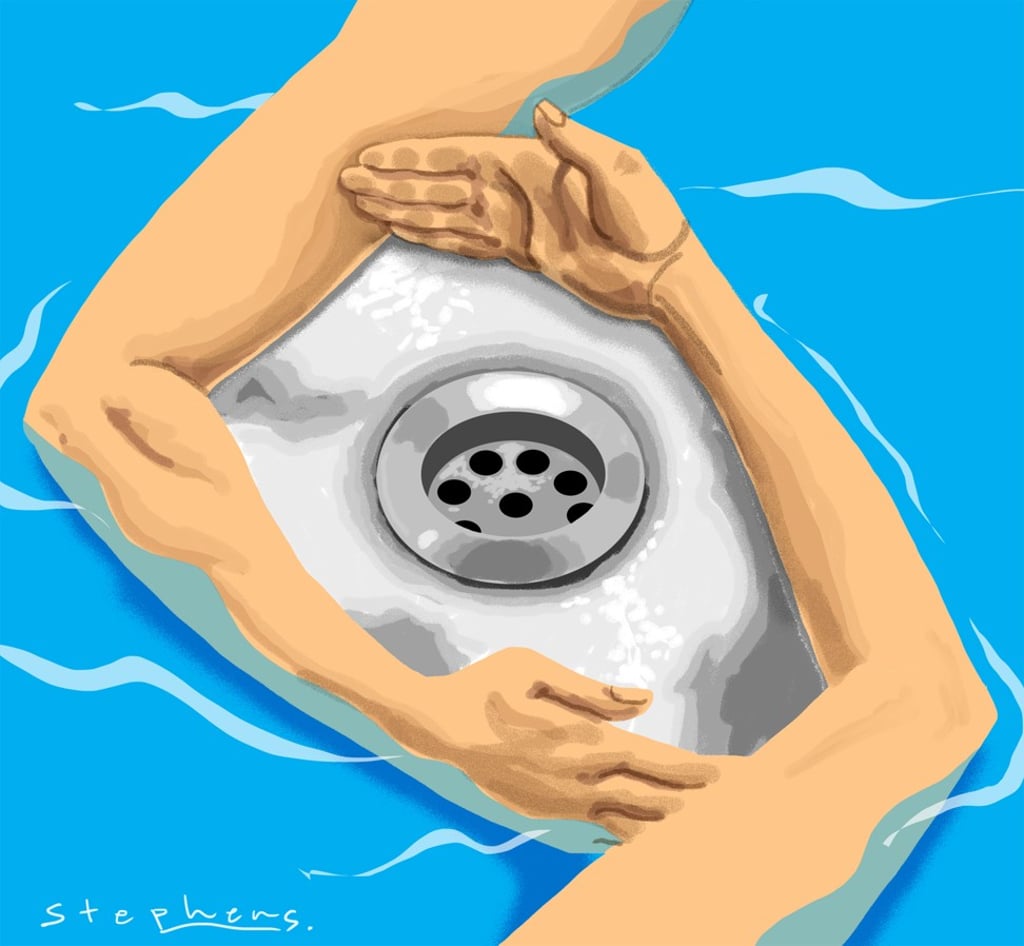Hong Kong does not take its water security for granted, as its multifaceted strategy shows
Chau Sai-wai says even though the city gets most of its water from the Dongjiang, it has been working tirelessly to promote conservation and control water loss, while trying to exploit new sources


Hong Kong’s water bills should be raised to cope with city’s serious water shortage, think tank claims
The Hong Kong government agrees that water is scarce here. To meet the rapid growth in demand, we have designated over 30 per cent of our territory as water collection ground and implemented a large-scale seawater flushing system that reduces the use of freshwater resources. And, since 1965, we have imported water from Guangdong’s Dongjiang to make up the shortfall.
Unlike Singapore, where water is imported from another country, Hong Kong gets its water from its motherland, mainland China. Thus, compared with Singapore, Hong Kong’s enjoys a higher level of water security.
Even so, Hong Kong is facing intense competition for the Dongjiang water as neighbouring cities and regions in the Pearl River Delta develop and their populations grow. The impact of climate change on water resources also cannot be ignored.

To better prepare Hong Kong for such challenges, we drew up the “Total Water Management Strategy” in 2008. It aims, on the one hand, to control demand through efforts to conserve water and reduce loss, and, on the other, to strengthen supply by exploiting new sources that are less susceptible to climate change.
Hong Kong has enjoyed an uninterrupted water supply since 1982, with no need for rationing. This, coupled with our low water tariffs, means that public awareness of the importance of water conservation is low. Thus, the government has introduced efforts to promote water conservation through three main approaches, including education and publicity.